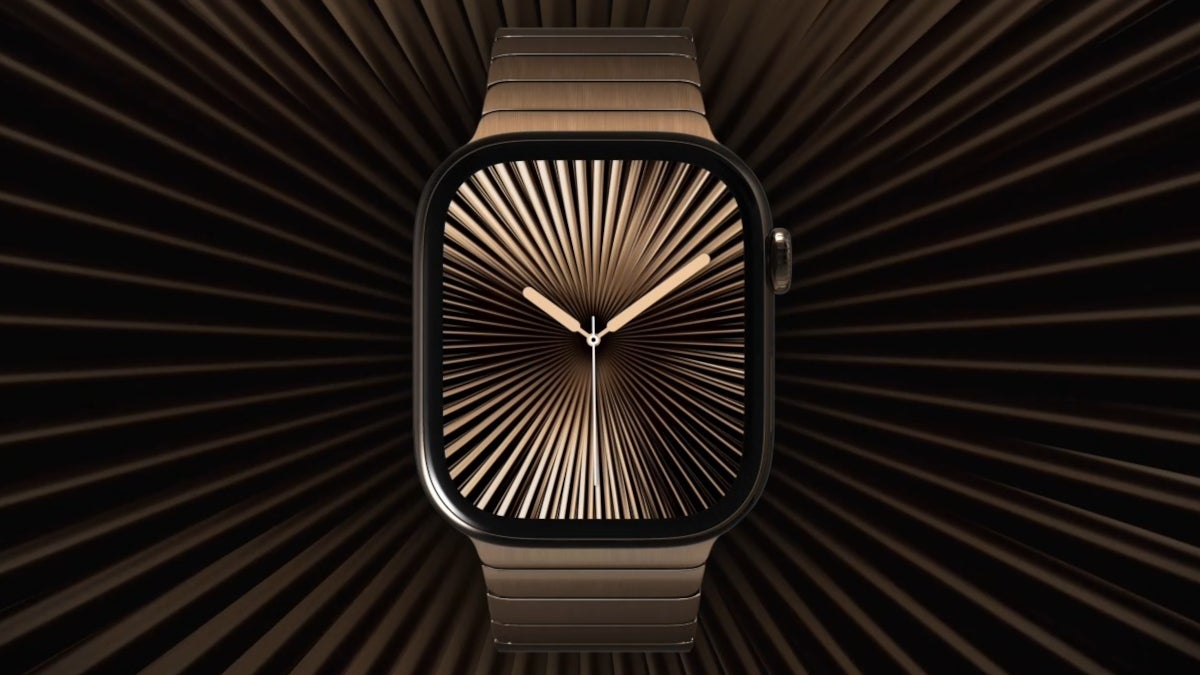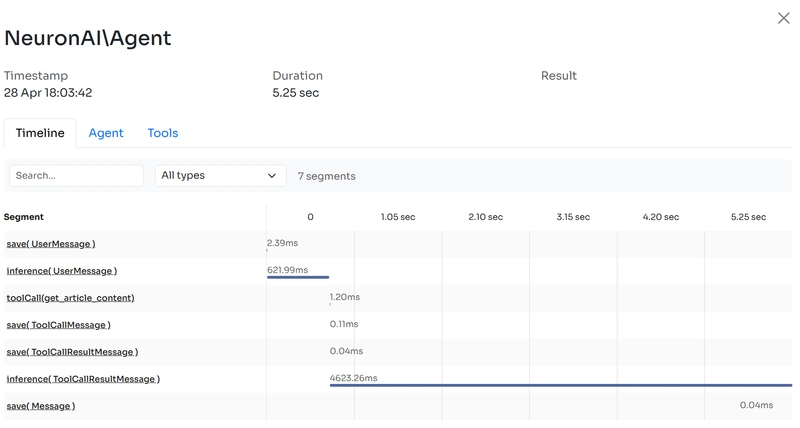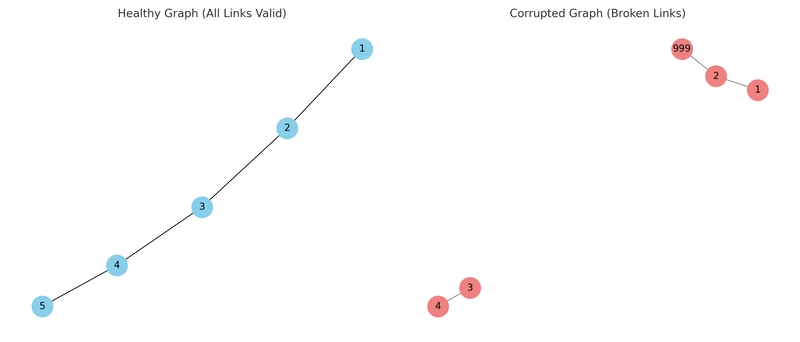How to Populate GTKTreeView with Data in Ruby Using Glade?
Introduction If you're developing a photo gallery generator in Ruby and want to enhance its functionality by adding a GUI, using GTK and Glade is a great choice! However, one common challenge you might face is understanding how to populate the GTKTreeView component with data. This article will guide you through the process of populating a GTKTreeView and accessing GTKListStore when working with Glade UI designs in Ruby. Understanding GTK and Glade GTK (GIMP Toolkit) is a popular library for creating graphical user interfaces, while Glade is a user interface designer that simplifies the creation of GTK applications. With these tools, you can design your interface visually and then control it through Ruby code. In your case, you're looking to connect your YAML configuration data into a GTKTreeView, which is excellent for displaying structured data. The Challenge: Accessing GTKTreeView and GTKListStore You mentioned that you've successfully created a UI in Glade and that your application window launches correctly. However, you're stuck on how to reference the GTKTreeView and GTKListStore in Ruby. To populate your GTKTreeView, you'll need to ensure you have references to the correct objects defined in Glade. Step-by-Step Solution Let's delve into the steps necessary for accessing and populating the GTKTreeView. Step 1: Retrieve the Glade Builder Object To access the widgets you've created in Glade, you will need to use the Gtk::Builder class. This class enables you to load your Glade file and retrieve the widgets using their assigned IDs. Here is a example code snippet: require 'gtk3' class MyApplication < Gtk::Application def initialize super 'com.example.Gallery', Gio::ApplicationFlags::FLAGS_NONE @builder = Gtk::Builder.new @builder.add_from_file('your_glade_file.glade') end def on_activate window = @builder.get_object('your_window_id') window.show populate_tree_view end def populate_tree_view tree_view = @builder.get_object('your_tree_view_id') list_store = @builder.get_object('your_list_store_id') # Assuming you load your YAML data as a hash data = YAML.load_file('your_config_file.yaml') data.each do |item| list_store.append([item['name'], item['description']]) end tree_view.set_model(list_store) end end app = MyApplication.new app.run In this code: Replace 'your_glade_file.glade', 'your_window_id', 'your_tree_view_id', and 'your_list_store_id' with actual IDs used in your Glade file. The populate_tree_view method retrieves the GTKTreeView and its associated GTKListStore, and we populate the list store with items loaded from the YAML file. Step 2: Define Your Data Structure Make sure your YAML configuration file is structured correctly. For example: - name: "Gallery 1" description: "This is the first gallery." - name: "Gallery 2" description: "This is the second gallery." Step 3: Connecting the ListStore to the TreeView After you fetch the GTKTreeView and GTKListStore, you should set the model of the GTKTreeView to the GTKListStore you’ve populated. The line tree_view.set_model(list_store) establishes this connection. Step 4: Running Your Application Finally, to run your GTK application, ensure you start the application and initialize the display correctly so that the UI elements are shown to users. Frequently Asked Questions Q: Can I add more columns to my GTKTreeView? A: Yes! In Glade, you can add multiple columns to your GTKTreeView, and you can simply append additional data to the list_store.append method call for each column. Q: What if my YAML data has different attributes? A: Ensure that the attributes you access in your Ruby code match those in your YAML file. You can modify the append logic to accommodate various data structures. Q: How can I handle user interactions with the GTKTreeView? A: You can connect signals to handle interactions. For example, you can respond to row selection events to allow users to edit or view details about a specific gallery. Conclusion In this article, we've walked through how to populate a GTKTreeView with data from a YAML configuration file in a Ruby application that uses GTK and Glade. By understanding how to retrieve references to your UI elements and populating them correctly, you can improve your application's functionality and user experience. If you encounter any additional questions, please feel free to ask!

Introduction
If you're developing a photo gallery generator in Ruby and want to enhance its functionality by adding a GUI, using GTK and Glade is a great choice! However, one common challenge you might face is understanding how to populate the GTKTreeView component with data. This article will guide you through the process of populating a GTKTreeView and accessing GTKListStore when working with Glade UI designs in Ruby.
Understanding GTK and Glade
GTK (GIMP Toolkit) is a popular library for creating graphical user interfaces, while Glade is a user interface designer that simplifies the creation of GTK applications. With these tools, you can design your interface visually and then control it through Ruby code. In your case, you're looking to connect your YAML configuration data into a GTKTreeView, which is excellent for displaying structured data.
The Challenge: Accessing GTKTreeView and GTKListStore
You mentioned that you've successfully created a UI in Glade and that your application window launches correctly. However, you're stuck on how to reference the GTKTreeView and GTKListStore in Ruby. To populate your GTKTreeView, you'll need to ensure you have references to the correct objects defined in Glade.
Step-by-Step Solution
Let's delve into the steps necessary for accessing and populating the GTKTreeView.
Step 1: Retrieve the Glade Builder Object
To access the widgets you've created in Glade, you will need to use the Gtk::Builder class. This class enables you to load your Glade file and retrieve the widgets using their assigned IDs.
Here is a example code snippet:
require 'gtk3'
class MyApplication < Gtk::Application
def initialize
super 'com.example.Gallery', Gio::ApplicationFlags::FLAGS_NONE
@builder = Gtk::Builder.new
@builder.add_from_file('your_glade_file.glade')
end
def on_activate
window = @builder.get_object('your_window_id')
window.show
populate_tree_view
end
def populate_tree_view
tree_view = @builder.get_object('your_tree_view_id')
list_store = @builder.get_object('your_list_store_id')
# Assuming you load your YAML data as a hash
data = YAML.load_file('your_config_file.yaml')
data.each do |item|
list_store.append([item['name'], item['description']])
end
tree_view.set_model(list_store)
end
end
app = MyApplication.new
app.run
In this code:
- Replace
'your_glade_file.glade','your_window_id','your_tree_view_id', and'your_list_store_id'with actual IDs used in your Glade file. - The
populate_tree_viewmethod retrieves theGTKTreeViewand its associatedGTKListStore, and we populate the list store with items loaded from the YAML file.
Step 2: Define Your Data Structure
Make sure your YAML configuration file is structured correctly. For example:
- name: "Gallery 1"
description: "This is the first gallery."
- name: "Gallery 2"
description: "This is the second gallery."
Step 3: Connecting the ListStore to the TreeView
After you fetch the GTKTreeView and GTKListStore, you should set the model of the GTKTreeView to the GTKListStore you’ve populated. The line tree_view.set_model(list_store) establishes this connection.
Step 4: Running Your Application
Finally, to run your GTK application, ensure you start the application and initialize the display correctly so that the UI elements are shown to users.
Frequently Asked Questions
Q: Can I add more columns to my GTKTreeView?
A: Yes! In Glade, you can add multiple columns to your GTKTreeView, and you can simply append additional data to the list_store.append method call for each column.
Q: What if my YAML data has different attributes?
A: Ensure that the attributes you access in your Ruby code match those in your YAML file. You can modify the append logic to accommodate various data structures.
Q: How can I handle user interactions with the GTKTreeView?
A: You can connect signals to handle interactions. For example, you can respond to row selection events to allow users to edit or view details about a specific gallery.
Conclusion
In this article, we've walked through how to populate a GTKTreeView with data from a YAML configuration file in a Ruby application that uses GTK and Glade. By understanding how to retrieve references to your UI elements and populating them correctly, you can improve your application's functionality and user experience. If you encounter any additional questions, please feel free to ask!










































































































































































![[The AI Show Episode 146]: Rise of “AI-First” Companies, AI Job Disruption, GPT-4o Update Gets Rolled Back, How Big Consulting Firms Use AI, and Meta AI App](https://www.marketingaiinstitute.com/hubfs/ep%20146%20cover.png)















































































































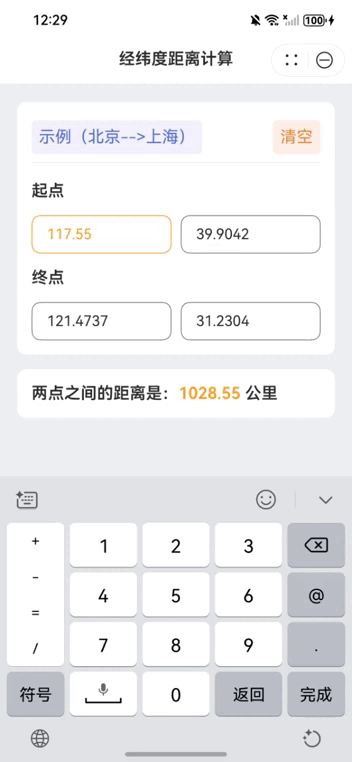












![[FREE EBOOKS] Offensive Security Using Python, Learn Computer Forensics — 2nd edition & Four More Best Selling Titles](https://www.javacodegeeks.com/wp-content/uploads/2012/12/jcg-logo.jpg)



![Ditching a Microsoft Job to Enter Startup Purgatory with Lonewolf Engineer Sam Crombie [Podcast #171]](https://cdn.hashnode.com/res/hashnode/image/upload/v1746753508177/0cd57f66-fdb0-4972-b285-1443a7db39fc.png?#)






























































































































































































































-xl.jpg)













![As Galaxy Watch prepares a major change, which smartwatch design to you prefer? [Poll]](https://i0.wp.com/9to5google.com/wp-content/uploads/sites/4/2024/07/Galaxy-Watch-Ultra-and-Apple-Watch-Ultra-1.jpg?resize=1200%2C628&quality=82&strip=all&ssl=1)













![Apple M4 iMac Drops to New All-Time Low Price of $1059 [Deal]](https://www.iclarified.com/images/news/97281/97281/97281-640.jpg)
![Beats Studio Buds + On Sale for $99.95 [Lowest Price Ever]](https://www.iclarified.com/images/news/96983/96983/96983-640.jpg)

![New iPad 11 (A16) On Sale for Just $277.78! [Lowest Price Ever]](https://www.iclarified.com/images/news/97273/97273/97273-640.jpg)















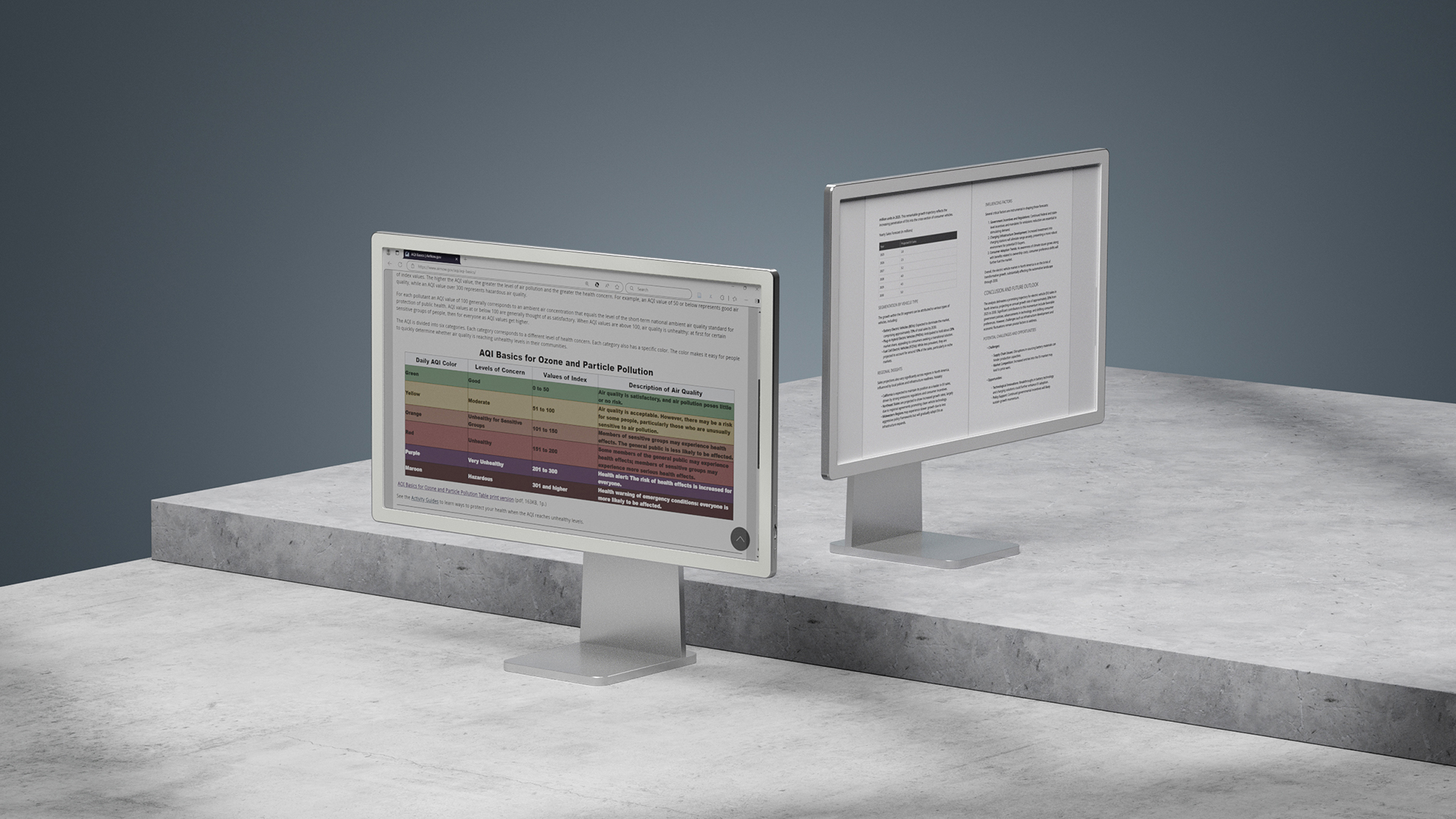























![Apple's 11th Gen iPad Drops to New Low Price of $277.78 on Amazon [Updated]](https://images.macrumors.com/t/yQCVe42SNCzUyF04yj1XYLHG5FM=/2500x/article-new/2025/03/11th-gen-ipad-orange.jpeg)



![[Exclusive] Infinix GT DynaVue: a Prototype that could change everything!](https://www.gizchina.com/wp-content/uploads/images/2025/05/Screen-Shot-2025-05-10-at-16.07.40-PM-copy.png)



